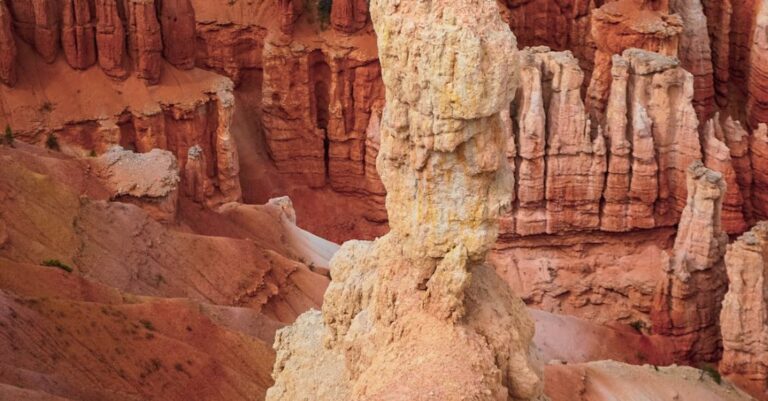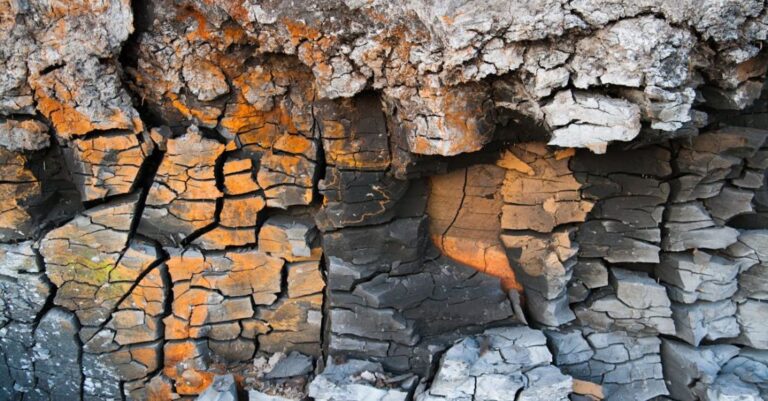
Nestled in the Pacific Ocean, the Galapagos Islands are renowned for their diverse wildlife and unique ecosystems. However, beyond its extraordinary biodiversity, the archipelago is also home to some remarkable geological landmarks that offer a glimpse into the Earth’s tumultuous past. From volcanic craters to dramatic rock formations, the Galapagos boast a variety of geological wonders that captivate visitors and scientists alike. Let’s explore some of the most notable geological landmarks in this enchanting region.
Volcanic Craters of Sierra Negra and Alcedo
The Galapagos Islands were formed through volcanic activity millions of years ago, and evidence of this tumultuous past can be seen in the numerous craters scattered across the archipelago. Among the most notable volcanic craters are those of Sierra Negra and Alcedo. Sierra Negra, located on Isabela Island, boasts one of the largest calderas in the world, stretching over six miles in diameter. Visitors can hike along the crater’s rim and witness the dramatic landscapes shaped by past eruptions. Similarly, Alcedo Volcano on Isabela Island is home to a massive caldera that offers panoramic views of the surrounding terrain and a glimpse into the island’s fiery origins.
Pinnacle Rock on Bartolome Island
Bartolome Island is known for its striking landscape, characterized by rugged volcanic terrain and pristine beaches. At the heart of this island lies Pinnacle Rock, a towering volcanic formation that serves as a testament to the archipelago’s turbulent geological history. Composed of hardened lava, Pinnacle Rock rises dramatically from the crystal-clear waters, creating a picturesque backdrop for visitors and a haven for seabirds and marine life. The distinctive shape of this landmark makes it one of the most iconic sights in the Galapagos, attracting photographers and nature enthusiasts from around the world.
Los Gemelos Craters on Santa Cruz Island
Located in the lush highlands of Santa Cruz Island, Los Gemelos Craters are a pair of sinkholes formed by the collapse of underground magma chambers. These twin craters are surrounded by a verdant cloud forest teeming with endemic flora and fauna, offering a stark contrast to the arid coastal regions of the Galapagos. Visitors can explore the trails that wind through the craters, marveling at the lush vegetation and listening to the calls of the elusive bird species that inhabit this unique ecosystem. The geological significance of Los Gemelos Craters lies in their formation process, providing valuable insights into the volcanic activity that shaped the islands.
Lava Tunnels of Isabela Island
Isabela Island is home to a network of intricate lava tunnels that wind their way beneath the surface, offering a glimpse into the subterranean world created by past volcanic eruptions. These tunnels were formed when the outer layer of molten lava cooled and solidified, leaving behind hollow chambers that now serve as a habitat for unique species of plants and animals. Visitors can explore the lava tunnels on guided tours, marveling at the otherworldly formations and learning about the geological processes that shaped the island. The labyrinthine tunnels of Isabela Island are a testament to the power of volcanic activity and a reminder of the dynamic forces that continue to shape the Galapagos.
Sullivan Bay Lava Field on Santiago Island
Santiago Island is home to the Sullivan Bay Lava Field, a vast expanse of black volcanic rock that stretches as far as the eye can see. This desolate landscape was formed by a series of relatively recent volcanic eruptions, with the lava flows creating intricate patterns and textures that showcase the island’s geological diversity. Visitors can walk across the hardened lava fields, feeling the heat still radiating from the rocks and marveling at the stark beauty of this rugged terrain. The Sullivan Bay Lava Field is a reminder of the ongoing geological processes that have shaped the Galapagos Islands and continue to influence their ecosystems today.
In conclusion,
The Galapagos Islands are a treasure trove of geological wonders, from towering volcanic craters to intricate lava formations. These landmarks not only showcase the archipelago’s turbulent past but also provide valuable insights into the dynamic processes that continue to shape the islands today. Exploring these geological marvels offers visitors a deeper appreciation for the natural forces at work in this remote corner of the world, highlighting the interconnectedness of Earth’s geological history and biodiversity. Whether hiking along the rim of a caldera or strolling through a lava tunnel, experiencing the Galapagos’ geological landmarks is a journey through time and a testament to the enduring power of nature.





